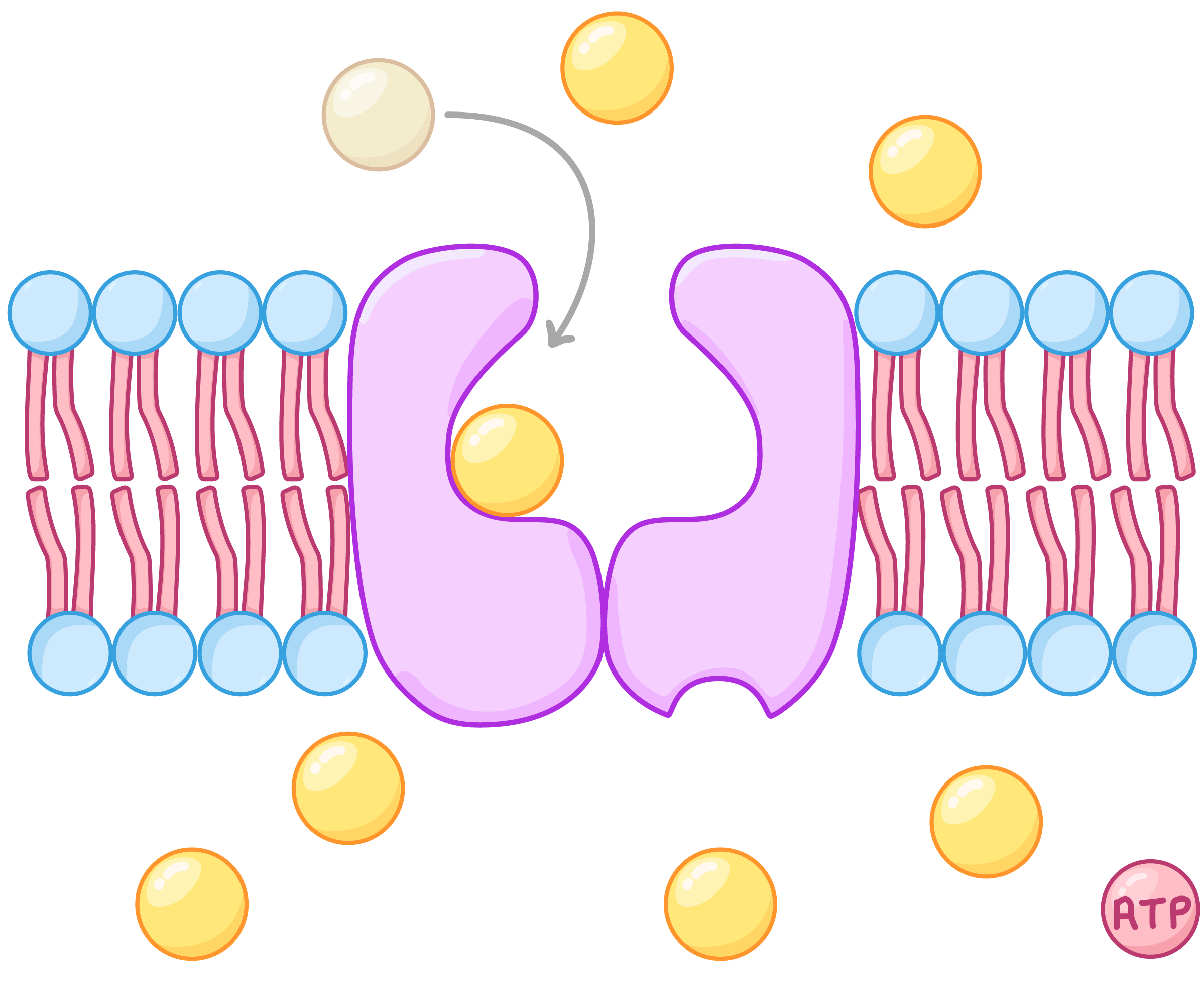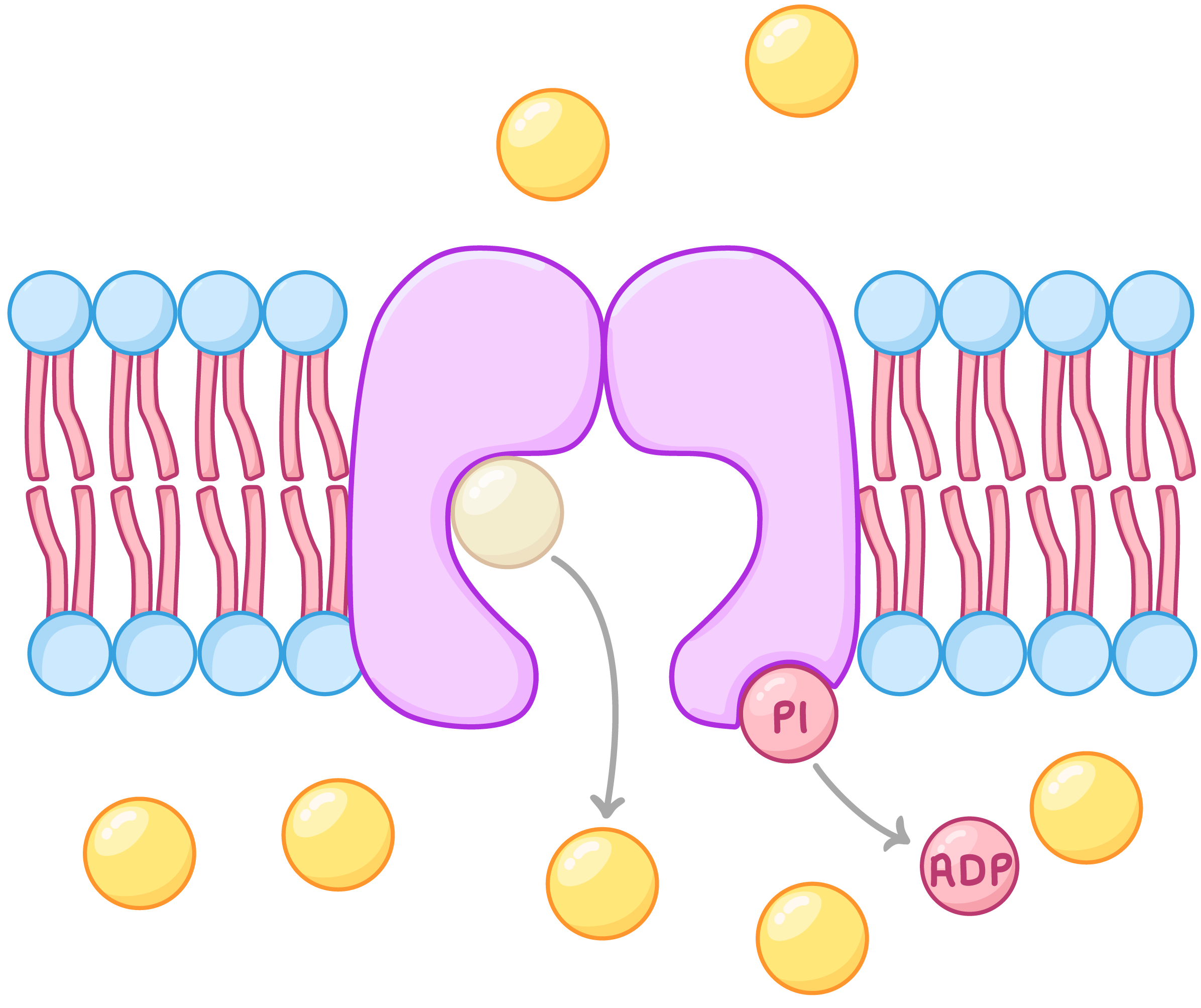Active Transport
This lesson covers:
- The process of active transport
- How different factors affect the rate of active transport
Active transport Active transport is the movement of particles from an area of lower concentration to an area of higher concentration. This process requires energy from respiration in the form of ATP.  |
Energy is needed as particles move up (or against) a concentration gradient. As a result, active transport is described as an active process. |
Carrier proteins Like facilitated diffusion, active transport involves the use of carrier proteins to transport molecules or ions across membranes. The process works in the following way: |

|
Factors affecting the rate of active transport There are four key factors that affect the rate of active transport:
|


